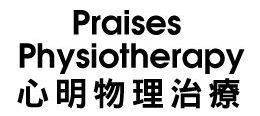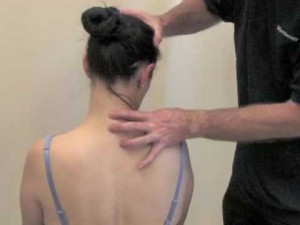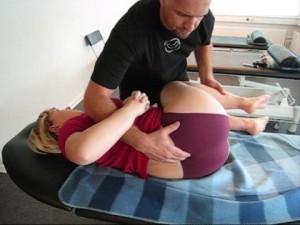|
Our Therapies
|
Muscle Energy Technique (MET)
Origin of MET The origin of muscle energy is credited to Fred Mitchell, Sr. (1909-1974), an osteopathic physician, who described the technique in the 1950s. These techniques rest on the prime importance of soft tissues, particularly muscles, in producing various, moderately abnormal states of joint pain and movement limitation. What is MET ? Muscle Energy is a biomechanical approach for correcting positional faults or joint hypomobility, because the technique combines methods to increase extensibility of periarticular tissue with methods to restore a length-tension relationship to the muscles controlling joint motion. It is a form of manipulative treatment using active muscle contraction at varying intensities from a precisely controlled position in a specific direction against a counterforce. Muscle energy may be used to decrease pain, stretch tight muscle and fascia, reduce muscle tonus, improve local circulation, strengthen weak musculature, and mobilize joint restrictions. This method employs muscle contraction by the patient followed by relaxation and stretch of an antagonist or agonist. It is essentially a mobilization technique using muscular facilitation and inhibition. Moderate to maximal contractions are used to stretch muscles and their fascia while minimal to moderate contractions are used for joint mobilizations.
How is MET performed ? The muscle is first brought into a position in which it attains its maximal length without stretching, taking up the slack in the same way as in joint mobilization. In this position, the patient is asked to resist with a minimum of force (isometrically) and to breathe in. This resistance is held for about 10 seconds, after which the patient is told to “let go”. With patient relaxation, a greater range is usually obtained. The slack is taken up and the procedure repeated three to five times. If relaxation proves to be unsatisfactory, the isometric phase may be lengthened to as much as half a minute. The principle modality for determining appropriate treatment using muscle energy techniques is that of palpation. In addition to this, objective examination and direct inspection are an important part of evaluating the patient with somatic dysfunction. Effective application of the theories of Muscle Energy requires a working interface between the theory and practice. This, in turn, is contingent upon an understanding of and competency in the concepts and techniques of physical examination. What problems can MET help ? MET is widely used in treatment of clients suffering from sport injuries and orthopedic conditions. It is safe for all adult, elderly and children. Common conditions include :-
|






